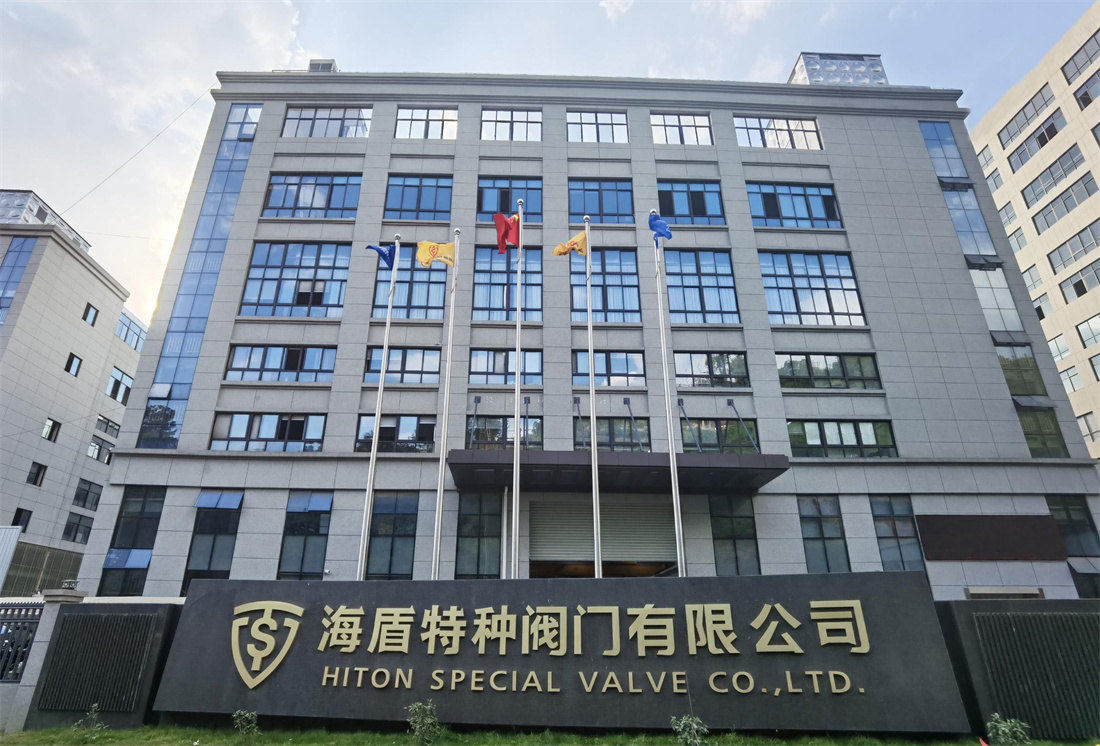
Material Selection: Choosing the right materials for V-port ball valve(segment ball valve)s is crucial. Typically, the valve body and valve core of V-port ball valve(segment ball valve)s can be made from stainless steel, alloy steel, highly corrosion-resistant materials (such as 316 stainless steel), or other special alloys to resist corrosion.

Coatings and Linings: In some cases, the valve's surfaces may require additional corrosion protection, which can be provided by special coatings or linings. These coatings can offer additional corrosion resistance.
Sealing Element Selection: Sealing elements also need to be chosen for their corrosion resistance. Some sealing materials, such as polytetrafluoroethylene (PTFE) or fluorocarbon rubber (FKM), have good resistance to certain corrosive media.

Media Properties: Different corrosive media have varying chemical properties, temperatures, and pressures. When selecting V-port ball valve(segment ball valve)s, it's essential to thoroughly understand the chemical nature of the media, as well as factors like temperature and pressure, to ensure that the chosen valve materials and design can accommodate these conditions.

Maintenance and Inspection: For valves used with corrosive media, regular maintenance and inspections are crucial. This includes cleaning the valve's interior, replacing worn sealing elements, and addressing surface coatings, as needed.

It's important to note that even with the right materials and measures in place, corrosive media can still cause damage to valves and piping systems. Therefore, regular monitoring and maintenance are critical when dealing with corrosive media to ensure the valve's performance and safety. Depending on the specific application, this may involve periodic replacement of valve components or other measures to extend the valve's lifespan.



















